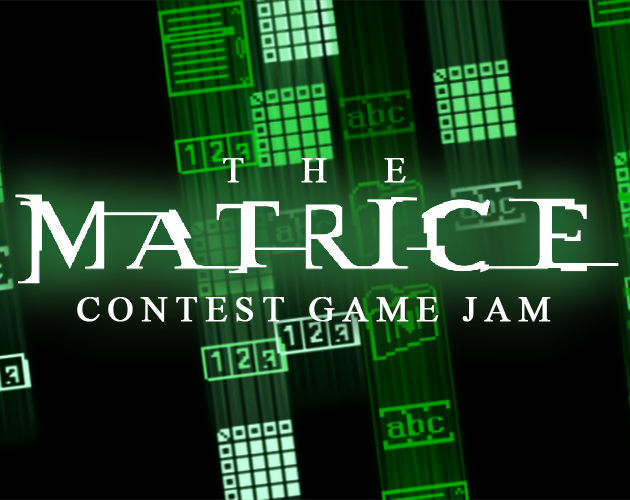

- CLICKTEAM FUSION 2.5 PLATFORMING GLITCHING SERIAL
- CLICKTEAM FUSION 2.5 PLATFORMING GLITCHING ARCHIVE
Even if I’m not completely satisfied with the results, it gets me jazzed about writing again after a long and (always) unproductive winter. It’s a great exercise that helps me get out of my head and write without inhibitions, expectations, or proofreading. Every year, Reed selects a new prompt - like lost game histories, making lists, or speculation about the future of games - and lets everyone go wild with it. One of the best things about February is Emilie Reed’s writing jam, an annual event where writers get to explore a unique angle on game criticism and history. I hope these are useful! I’m so happy that in the 14 years since I started The Obscuritory, there’s more and more great resources, like curated collections and tools for working with old software, that people can use to get into historical games. SuperKidsĭuring the educational game boom in the 90s, SuperKids was a notable source for educational games reviews, as well as an index of educational games organized by subject. There’s a particular focus on tiny homemade games and ephemeral games.


The Rarest Gamer shares videos, with no commentary, of unusual, unknown games from the 90s and early 2000s.

CLICKTEAM FUSION 2.5 PLATFORMING GLITCHING SERIAL
The site includes release date information, serial numbers, and technical specifics for every edition of every PlayStation game in all publishing regions. PSX DataCenter is the definitive index of games for the original PlayStation console. One of the largest and longest-running Commodore 64 fansites, Lemon 64 benefits from over 20 years of user-submitted screenshots and reviews for its large collection of information on Commodore 64 games. Kliktopia is a project that tries to collect as many freeware games made with the suite of Clickteam game creation programs - Klik & Play, Click & Create, The Games Factory, and Multimedia Fusion - that were popular in the late 90s and early 2000s.
CLICKTEAM FUSION 2.5 PLATFORMING GLITCHING ARCHIVE
Run by the Interactive Fiction Technology Foundation, the IF Archive is a long-running directory of interaction fiction games, tools, discussion and community history. Records for each game include release information, platform, and cast and crew. Interactive movie-style games, old and new, are cataloged here with almost clinical accuracy. The blog is exceedingly thorough as he works his way through every year. The author of The CRPG Addict is attempting to play every computer role-playing game chronologically, starting in 1975. It’s been a while since I’ve updated the Resources pages, so this weekend, I went through and added about three dozen new links that I’ve been collecting for the last couple years! Here are a few of my favorites… The CRPG Addict Researching and playing old games can be difficult if you’re not well-immersed in that world, and I love being able to share some of my favorite reference resources and tools for others to use. The Resources section is one of my favorite parts of The Obscuritory. Playing Clockwiser reminded me of 15 puzzles again, but for a positive reason! It’s a puzzle game built entirely around the idea of moving tiles in a loop, and it shows what else can be done with that basic idea. It’s surprising how quickly your brain can slip into these patterns, making and breaking loops as you try to finesse that one last tile into position. If you want to slide a specific tile back into place, you need to move the pieces around on the board in a circular motion, making a long chain that you can slip another tile into, like a car merging into traffic, and gradually circling them into place. Solving a 15 puzzle is more of an endurance test, or a sponge meant to soak up the player’s time.Įven though it’s not an inspiring puzzle format, 15 puzzles do have a hypnotic sort of logic. It’s a stock puzzle type that gets repeated frequently in these types of games, and it’s almost never interesting. It’s a 4-by-4 grid of numbered tiles that have been mixed up and need to be slid back into their starting positions. If you’ve played an olderĪdventure or puzzle game, you’ve probably run into a 15 puzzle. Title screen from the Amiga version of Clockwiser, courtesy of Lemon Amiga.Ī few months back, while I was revisiting a game I’ve written about previously on this blog, Lighthouse: The Dark Being, I had to think once again about 15 puzzles.


 0 kommentar(er)
0 kommentar(er)
